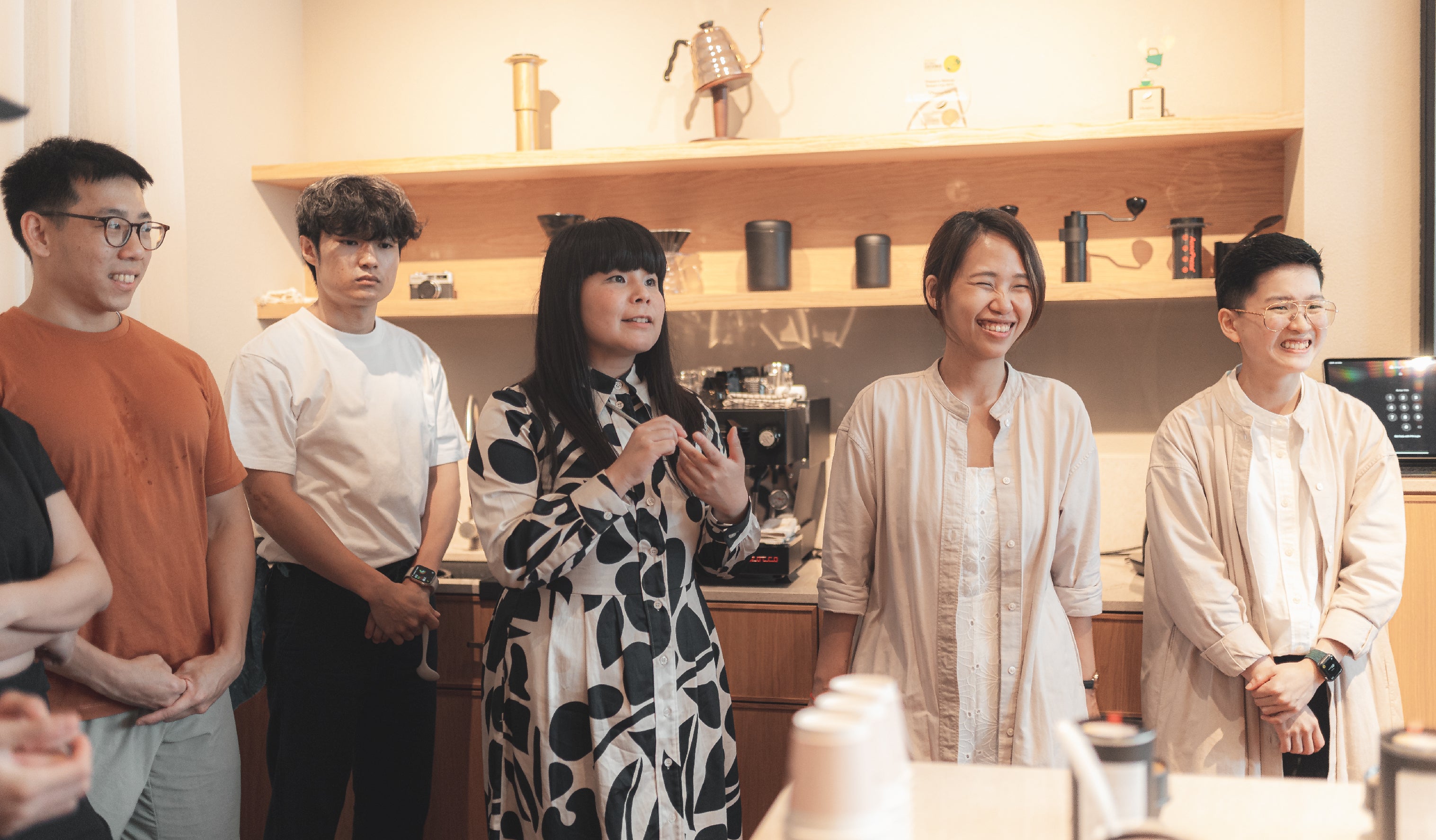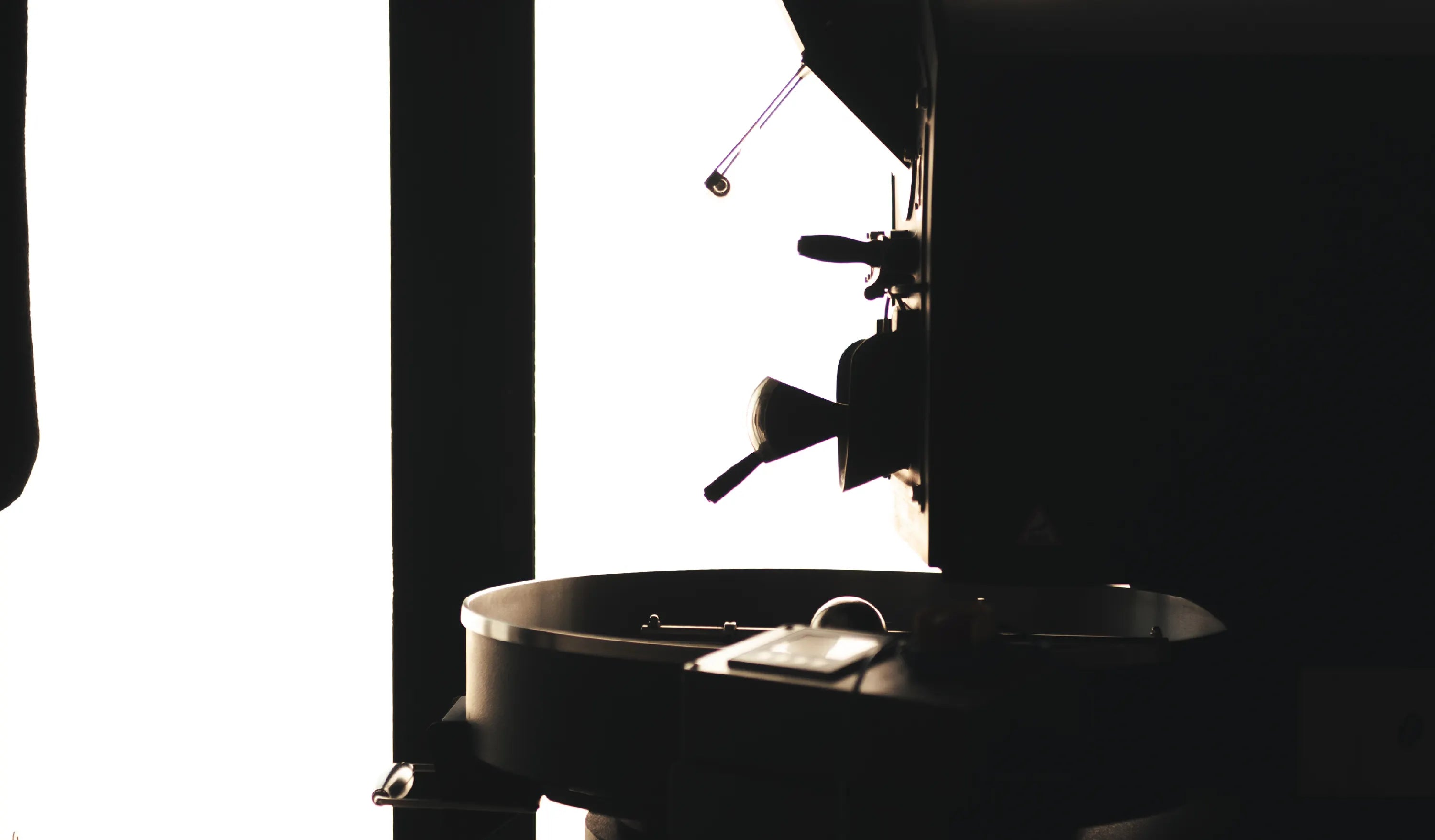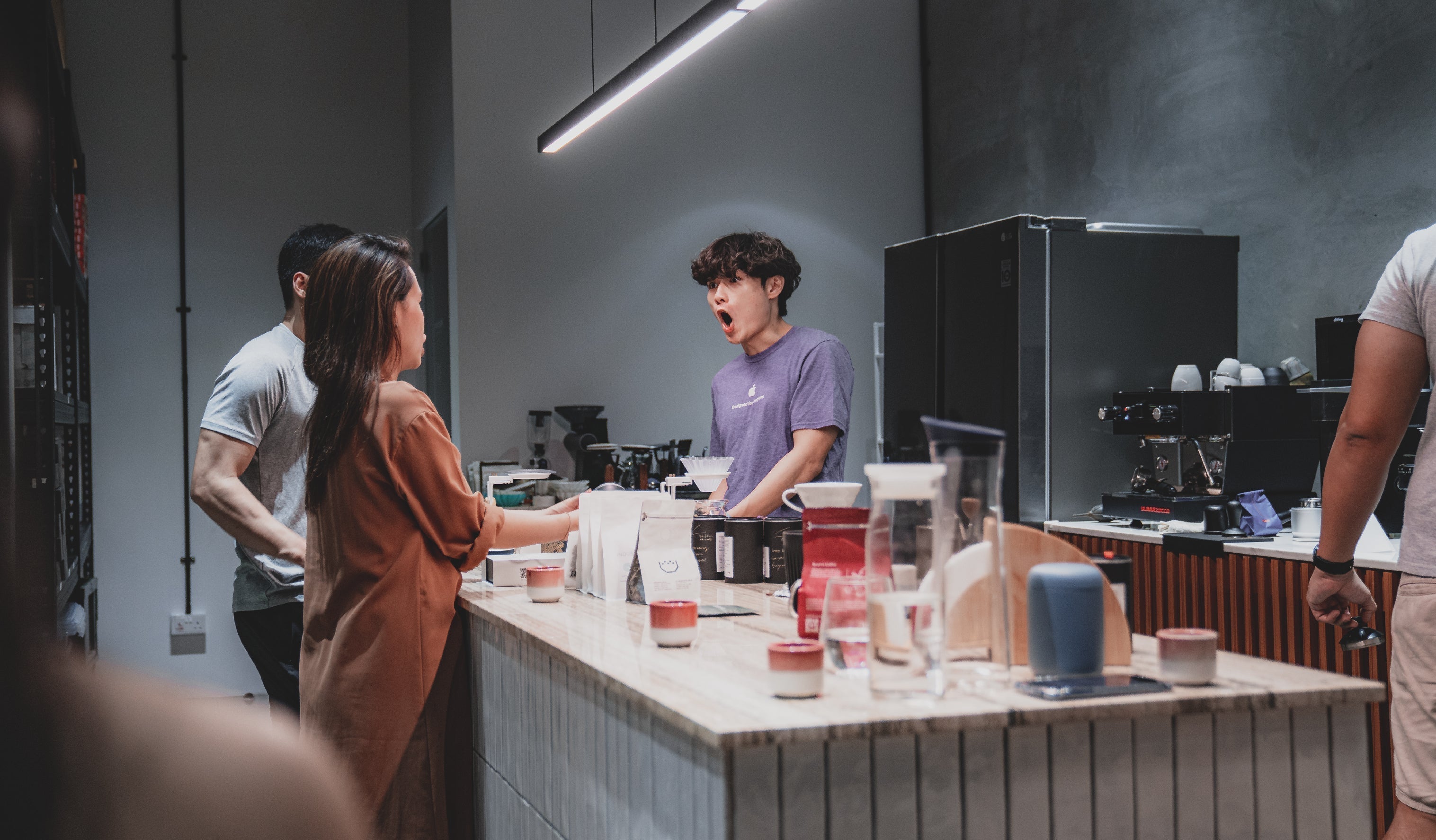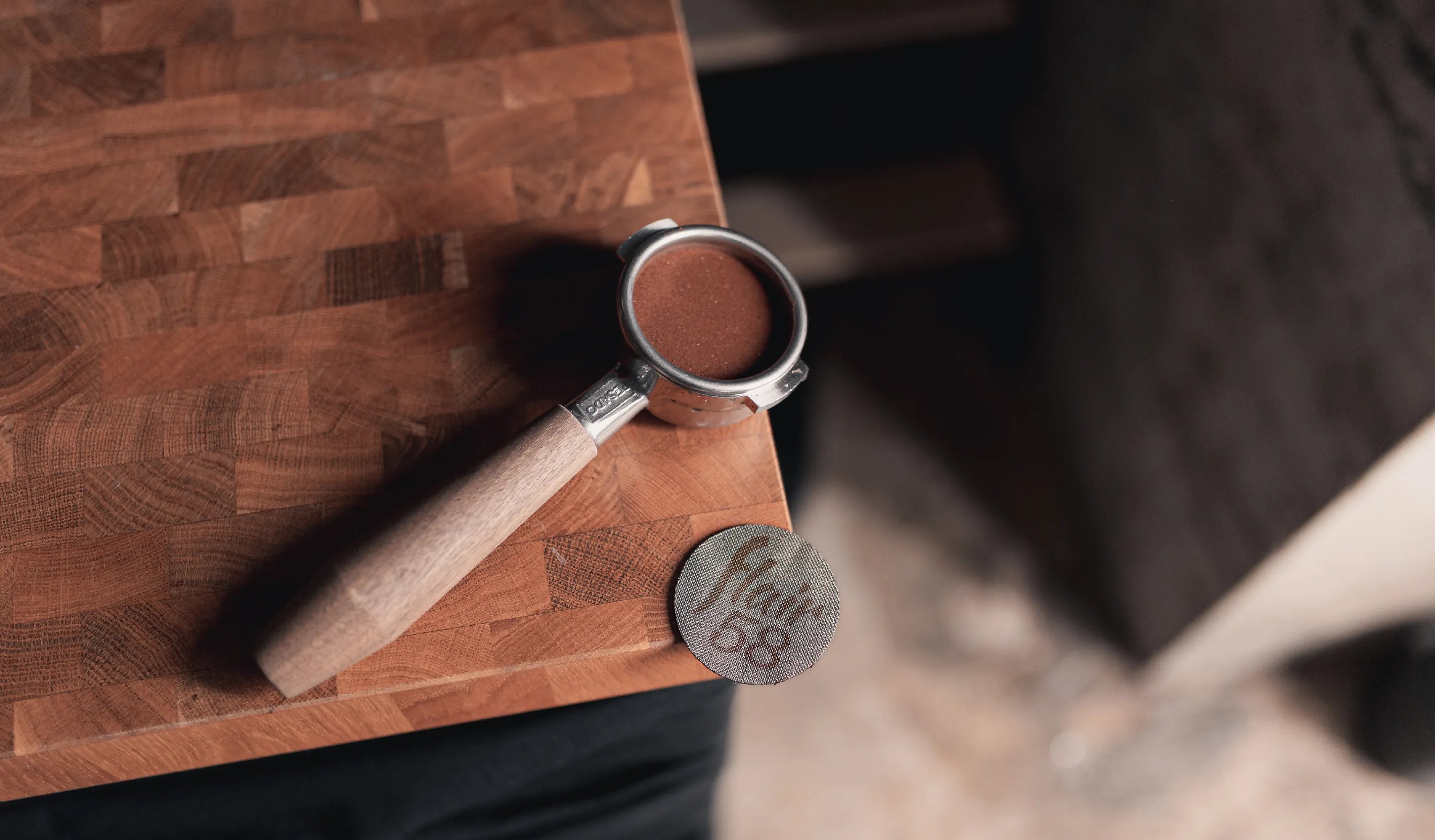In the recent few years, the innovative efforts for filter coffee seem to be directed towards the customisation of coffee drippers – at this point, almost everyone has produced, or is in the midst of creating their own version of a coffee brewer.
As fervent collectors of coffee paraphernalia, we at Homeground Coffee Roasters have built up a pretty impressive collection of coffee drippers. From the classic unique V60 colourways, the Tsubame-made Kalita Wave, to the new, modern drippers like the Lili – you name it, we have it. And yet, while the collection of drippers may look impressive, at the end of the day, we can only use one dripper each time we brew a cup of coffee.
Having a choice from many coffee drippers may indeed offer versatility in our brews, but it often also results in a paradox of choice. “Which coffee dripper is best suited for this particular coffee that we are brewing?” and “How to adjust our existing brewing parameters for a proper extraction with this coffee dripper?” are some of the questions we might think of when deciding on a dripper to use. It is normal to feel confused by the numerous options available out there, and this is where we are here to help.
Broadly speaking, the numerous coffee drippers out there in the market can be grouped into categories based on the shape of filter paper that is being utilised. We find that the influence of this factor on the final cup profile is more dominant than the details of unique aesthetic or functions, and hence, this forms the basis for understanding what a coffee dripper can potentially provide in its cup profile. In this article, we group the drippers into three of the most common shapes of filter papers: the Flat-bed filter papers, as well as Cone shaped, and Fan shaped filter papers.
Flat-bed Filter Paper Brewers
Fondly and colloquially known as the “muffin paper”, the flat-bed filter paper is made from a single circular piece of paper, often machine-pressed into its distinctive shape.
With its flat bed and slower drip-through rate, coffees brewed using this filter paper experience the most amount of immersion extraction among the coffee drippers that utilise any of the three filter papers, while still maintaining some form of percolation extraction (as controlled by the number of pours in one’s brewing parameters).
What makes a coffee dripper using this filter paper unique is that the flat bottom of the filter paper is much more forgiving for brewing. Water that hits the flat bottom of the brew bed constantly agitates the entire coffee bed, making up for any non-consistent pouring, as it helps to normalise minor fluctuations in one’s pouring routine and flow rate.
Flat-bed brewers are able to easily produce a well-balanced cup with a smooth body that accompanies a gently mellowed acidity and sweetness often found to be highly agreeable. However, given its straightforward brewing, the amount of room to adapt brewing methods are limited, as it is often difficult to increase drip-through rates to change the split between immersion and percolation extraction.
Cone Shaped Filter Paper Brewers
Ubiquitously associated with the Hario V60, coffee drippers that use the cone shaped filter paper are highly popular. Brewing with a cone shaped filter paper often gives a clear and complex cup where extraction is primarily driven by percolation, with secondary extraction of immersion only occurring during the reduced time that water is in contact with the brew bed.
Coffee brewed using this filter paper is highly sensitive to variations in pouring routine and flow rates, and it is essential to build a proper brew bed to prevent channeling. However, this variability also gives a brewer much more room to control the extraction process by varying one’s pouring as well as allocation of water in each pour – both of which affect the brewing time of the coffee and the time that the volume of water is in contact with the brew bed and in turn, the amount of percolation and immersion extraction that the coffee undergoes.
Fan Shaped Filter Paper Brewers
Sometimes also called the semi-conical filter paper, fan shaped brewers are very similar to cone shaped filter papers, with the exception of a ridge that runs through the bottom of the filter paper.
Like the cone shaped filter paper, coffee brewed with this filter paper is sensitive, but less susceptible, to variations in pouring routine and flow rate. The aforementioned ridge encourages the pouring of water to be done in an oval shape often likened to drawing an outline of a coffee bean. Compared to the continually expanding circular motion preferred in cone shaped filter papers, this pouring routine is easier to control and follow, which can facilitate an even extraction with greater ease.
There is an emphasis on the pouring routine for an even extraction in percolation, and at the same time, these coffee drippers that utilise fan shaped filter papers often have one or three smaller-sized holes at the bottom, in effect restricting outflow of coffee. As a result, brewing with this filter paper is usually a mix of both extraction methods of percolation and immersion that comes with steeping the coffee in liquid.
Brewing with coffee drippers that use fan shaped filter papers yield good coffee that can combine the best of both worlds. However, as the other two brewers are polar opposites in nature, the fan shaped filter paper brewers lie in a no man’s land where the same results could be obtained by either of the other two drippers with some small adaptations. In some ways, this lack of distinctiveness has led to the slow decrease in its popularity, especially with the advent of more unique coffee brewing devices of late.
More Than Just Shapes
Having covered the differences in outcomes from a coffee dripper that is usually attributable to the types of filter paper used, it is also important to address other potential differences that often affect a final cup’s profile.
The thermal capacity of a dripper’s material is one of these considerations. With the example of the Hario Switch in mind, the thick glass dripper material draws some heat away from the brew bed in exchange for a greater thermal stability of the dripper. Hence, it is common to utilize higher brewing temperatures on average when brewing with this dripper when compared to the others..
Between different models of drippers, the flow rate is also an important consideration. Flat-bed filter papers put into open bottomed drippers such as the April Brewer have a much higher flow rate compared to the Kalita Wave drippers, often changing the baseline parameters for brewing a coffee altogether.
Lastly, the thickness of filter papers often play an important role, where thicker filter papers such as the Chemex trap more oils, in effect producing cleaner tasting coffees.
The Best of Both Worlds
At Homeground Coffee Roasters, we greatly enjoy using the Origami Dripper for service at the filter bar for the freedom of expression it provides us. Being able to use both conical and flat-bed papers, the dripper is a multi-purpose tool that ensures that we can brew a coffee exactly as we envision the extraction, allowing us to serve the best that each coffee can be.
The Coffee Dripper
Journal article by Homeground Coffee Roasters.
Journal Archive

Milk in World Barista Competitions
An overview of milk concentration methods in coffee competition, focusing on freezing techniques that enhance milk's qualities for great coffee beverages.

How Coffee Cup Colours Affect Your Drinking Experience
Cross-modal perception of colours on the taste of coffee

Learning to enjoy more

Same Coffees Everywhere, All at Once
Why do local specialty coffee shops serve the same coffees?

A study of unexpected coffee production nations

A low down on using puck screens for espresso machines


